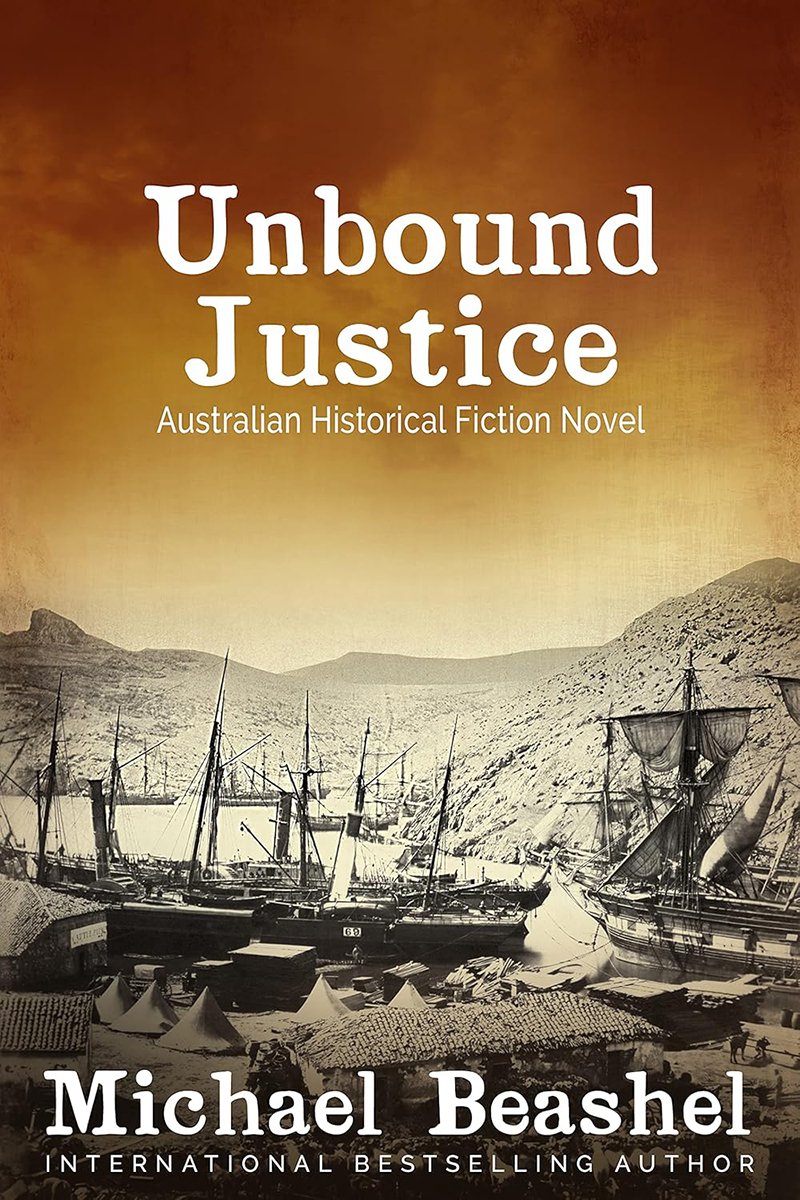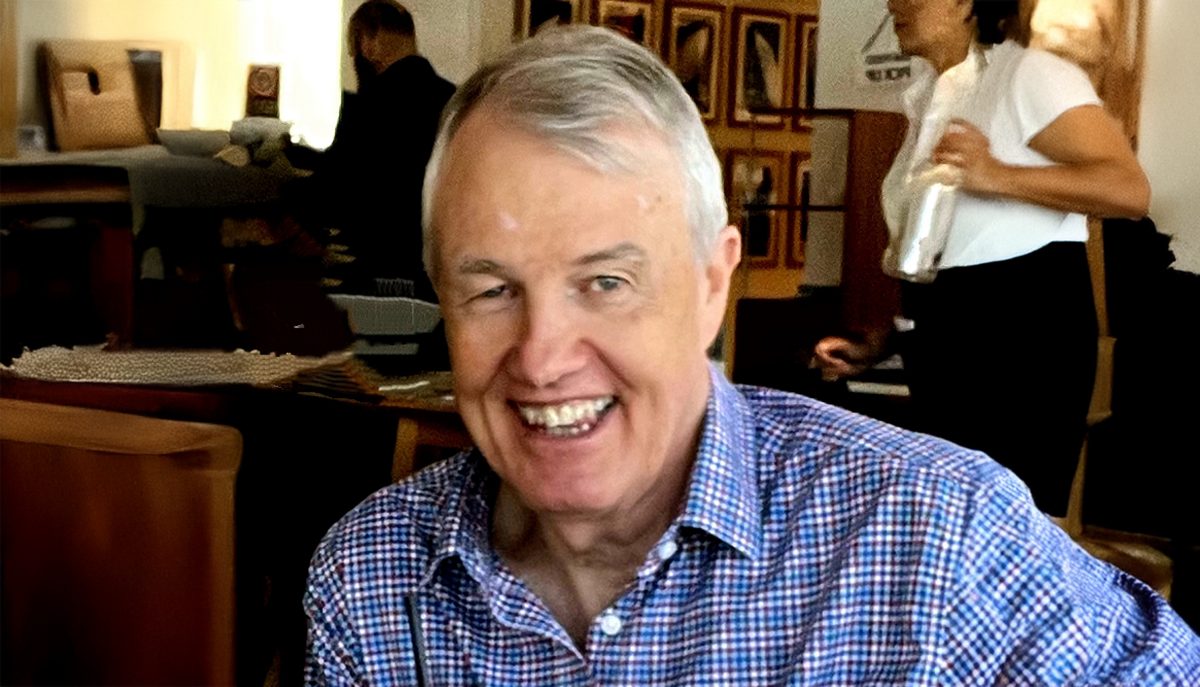The Art of Storytelling Rooted in Sydney’s Past
Michael Beashel discusses his passion for combining historical research and construction expertise to create authentic fiction, highlighting Irish ancestry, 19th-century Sydney, and timeless themes of ambition, love, and vengeance in his novels.
Michael Beashel occupies a unique position in the literary world, standing as both a masterful storyteller and a custodian of Australia’s architectural and cultural heritage. Bringing together a compelling mosaic of history, construction, and human emotion, Beashel is not merely an author but a craftsman of richly woven narratives. His writing, reflecting the passion and precision that guided his career in construction, invites readers to step back into the vibrant streets of 19th-century Sydney, a city teeming with ambition, enterprise, and strife.
As the creator of The Australian Sandstone Series, a remarkable collection of nine independently published novels, Michael Beashel has achieved a literary feat. His debut, Unbound Justice, reached the impressive milestone of No.4 in the Australian Historical Fiction Amazon rankings—a well-deserved accolade that celebrates his ability to blend meticulously researched history with riveting fictional plots. Beashel’s works go far beyond mere historical recount; they are poignant examinations of human ambition, love, and vengeance set against the gritty, sometimes ruthless, backdrop of Sydney’s burgeoning building industry.
Beashel’s own story is woven with threads that enrich his writing—Irish ancestry, a Sydney upbringing, and decades of professional expertise in construction. These elements breathe life into his tales, with his deep understanding of the builder’s craft and the historical contexts of architecture forming the backbone of his narratives. His dedication is evident in the painstaking research he undertook to capture the essence of 19th-century Sydney, from authentic building costs to the struggles of Irish labourers who left their mark on the city’s skyline.
As you delve into the following interview, you will be struck by Beashel’s candour and his unwavering commitment to crafting stories that resonate. With influences as diverse as C.S. Forester and Ken Follett, his works embody an old-world authenticity while delivering the tension and drama demanded of modern historical fiction. Whether discussing the meticulous research that informs his series or revealing the emotional pulse of his characters, Beashel offers an illuminating glimpse into the mind of an author whose passion for both history and storytelling knows no bounds. This is a voice in fiction that not only entertains but educates, leaving readers enthralled and enlightened.
Michael Beashel masterfully blends historical accuracy, rich characters, and construction insights, creating compelling narratives that captivate and educate readers.
What inspired you to weave the construction industry into the heart of your historical fiction novels?
The construction industry has been a big part of my life. Fascination for cranes and building site activity entranced me from an early age. That passion for building enabled me to deal with the schedule-demanding and high stress scenes both on the building site and into my later years in office-bound corporate responsibility. Simply, I decided to write what I knew.
Building construction also highlights the interpersonal relationships between the site team, trades, the client, and consultants. These all require behavioural skills, and these are the basis of all human interaction. I enjoy applying those human interactions into ‘real life’ stories and the building site becomes the stage for the characters.
“Simply, I decided to write what I knew.” – Michael Beashel
How do your Irish heritage and Sydney upbringing influence your storytelling and character development?
In the 19th century the Irish labourer existed on building sites both in England and in Sydney. My forebears were Irish, and it was a natural link. Again, as I am Sydney born, that capital was an ideal place to use as a background for my stories. Additionally, the sailing fraternity knows the world famous Beashel name, and this was another logical link to anchor me to the city. My first novel Unbound Justice is semi-autobiographical as my forebears came to Sydney as free settlers in 1863.
The Australian gold Rush of the 1850s exploded the population with an influx of many cultures requiring massive housing and the building industry became a microcosm of the capital’s life. Again, it was not in the detail of design or construction that I wanted to convey as palettes for my stories. It was more the drama and tension that existed between the various characters. Their egos, their ambitions, talents, and their failures are universally consistent with most businesses not just construction. But it was construction that I knew, so hence that’s industry I chose.
“My forebears were Irish, and it was a natural link.” – Michael Beashel
Can you share insights into the historical research process you undertook for The Australian Sandstone Series?
Yes. Basic references were from the New South Wales State Library and from the Sydney City Council archives. The site Trove was also a useful source. The Australian Bureau of Statistics provided information on the historic costs of building materials and wages paid. Text references were Manning Clark’s, ” A History of Australia’ Volumes of 1 to 4 and from the Australian National archives in Canberra. The state-based Master Builders Associations also provided links for specific items of interest of that period.
How did your professional experience in construction shape your depiction of 19th-century Sydney’s building landscape?
Most competent building professionals respect the materials and workmanship of monumental 19c buildings and want to maintain that degree of workmanship in any current renovation or alteration.
My passion for Sydney’s 19th century built form aligned with two projects I managed:
structural restorations to the 19c extant Sydney Town Hall and Customs House. I was of course delighted to be within their confines of these gracious buildings and recollect, when my current duties allowed of course, to just get a sense of what life was back then.
What challenges did you face when balancing historical accuracy with creating compelling fictional narratives?
Okay, major events, dates, street names, bureaucrats, luminaries, and officials are historic ones. Clothing, method of transport, wages paid, and general cost of living are as accurate as I can make them. Readers have said that they get a real sense of the setting because of the detail in my work. I highlight as much information as possible and only have the character/s as the fictional entity.
I use a colloquial dialogue, and this may not have been the dialogue in 19th century. And I try not to use Irish brogue which sometimes distracts. There were certain cultural attitudes/words that existed in the 19th century which are rejected today. I try to be sensitive with these but also the challenge is not to hide the reality of life in that period.
“Historical fiction readers want to be in that other time and to be both comfortable in the setting and an invisible spectator.” – Michael Beashel
What do you hope readers take away from the themes of ambition, love, and vengeance in your books?
My objective is to entertain. If the reader likes to be informed about the historical aspects, then that’s good. Additionally, most people like a good story, something that is credible, takes a twist and turn here and there and is heartfelt. That is one of the challenges. Not to make the characters sensational, superhuman or physically beautiful, or correspondingly sociopathic in the other extreme. Just to make the characters “grey” in that, they are the people we see each day. Yet what makes a good read is to make normal people act in extraordinary ways. Place a person in an extraordinary situation, but a believable one, and write how they react to that.
What advice would you offer aspiring authors seeking to write historical fiction or create immersive sagas?
Firstly, get an accurate description of the setting in which the work occurred. Historical fiction readers want to be in that other time and to be both comfortable in the setting and be an invisible spectator to it. Be accurate in your detail of the time. Your narrative will be enriched if you can populate it with facts which are interesting especially in dress, mode of transport and so on.
Get your characters complete. Develop them in a full biography before you write a word of the narrative. Start with the normal “police” description, dates of birth etc. Then develop the character’s psychology, his or her motivations, insecurities, and ambitions. It is essential to have a detailed biography of each of your main characters. This will enhance the narrative and make it enjoyable for the reader.
Write, write, and then write. When you have done some drafts, then get a professional opinion on the work. Take the criticism because your work will only improve. Then go back to your work and rewrite. And don’t stop at one book. Write a series! Readers want more and if they can’t get it from you in this digital age, they will soon turn to another.
EDITOR’S CHOICE
Unbound Justice offers a compelling blend of ambition, love, and revenge in 19th-century Sydney. Rich historical detail and vivid characters make it a captivating start to The Australian Sandstone Series.
Coming soon



